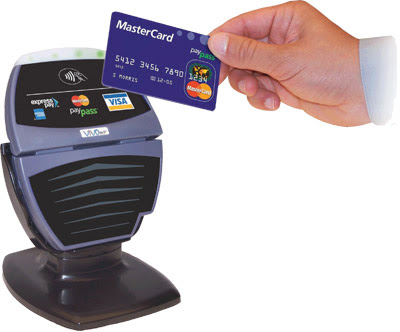 College Students Lead the Way Online
College Students Lead the Way OnlineSEPTEMBER 17, 2008
Today's college students are digital natives—they have grown up with technology and Internet access at their fingertips. But what does that mean for the future? eMarketer estimates that this year 95.7% of college students—17.4 million strong—will go online at least once a month.
Note: (eMarketer defines a college student as anyone ages 18 or older who attends college full-time or part-time, including undergraduate, graduate-school and professional-school students.)
"Students have played a prominent role in some of the biggest developments in the Internet and technology in recent years," says Ms. Williamson, "from social networking to the iPod."
In fact, entering college freshmen have already lived through a series of Internet-era milestones...often themselves created by college students:
Note: (eMarketer defines a college student as anyone ages 18 or older who attends college full-time or part-time, including undergraduate, graduate-school and professional-school students.)
"Students have played a prominent role in some of the biggest developments in the Internet and technology in recent years," says Ms. Williamson, "from social networking to the iPod."
In fact, entering college freshmen have already lived through a series of Internet-era milestones...often themselves created by college students:
- 1990: The World Wide Web was born.
- 1994: Two Stanford University students launched a site called "Yet Another Hierarchical Officious Oracle". It later became known by its acronym, Yahoo!. In the same year, the Mosaic Internet browser—precursor to Netscape—was created.
- 1996: Two other Stanford students began collaborating on BackRub, which eventually became Google.
- 1999: Northeastern University student Shawn Fanning created music file-sharing service Napster.
- 2001: The first entry was posted to Wikipedia.
- 2004: Harvard University student Mark Zuckerberg and a few classmates launched Facebook.
- 2007: Apple introduced the iPhone.
"The college market is basically the testing ground for all technologies," Matt Britton, chief of brand development for youth marketing agency Mr. Youth tells eMarketer. "If it takes off there, it’s going to take off in the mass market."
"In addition, the college market is one of the most-attractive demographic groups for marketers because of students' discretionary budgets," says Ms. Williamson.|
According to a National Retail Federation (NRF) survey, conducted by BIGresearch, the back-to-college season alone is a huge purchasing occasion. Students and parents were expected to spend an estimated $11 billion on electronics in 2008.
"In so many areas, students are key drivers of change in technology usage," says Ms. Williamson. "They brought social networks into the mainstream, and such sites remain hugely popular with them."

 TORONTO - As worldwide markets plunge, Wal-Mart Canada is vowing to carry its low-cost credo into the financial sector. The biggest mass merchant in Canada has applied for a banking license, joining the ranks of retailers such as Canadian Tire, Sears and Loblaw.
TORONTO - As worldwide markets plunge, Wal-Mart Canada is vowing to carry its low-cost credo into the financial sector. The biggest mass merchant in Canada has applied for a banking license, joining the ranks of retailers such as Canadian Tire, Sears and Loblaw.


